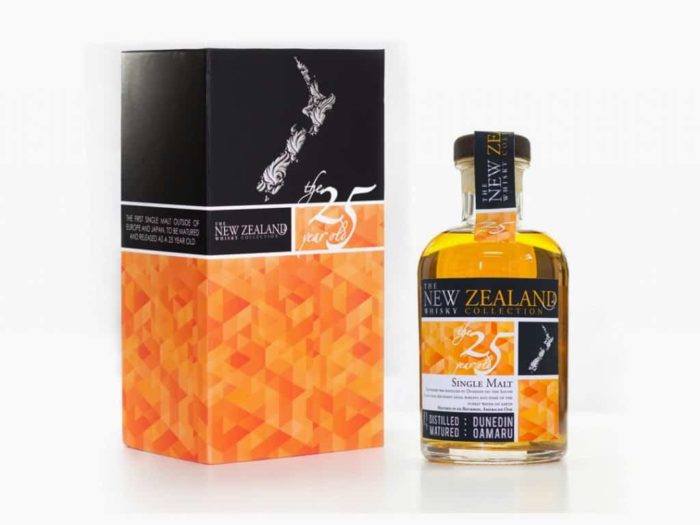Distilled Spirits Aotearoa (DSA), the lobbying firm that represents distilled spirits manufacturers in New Zealand, recently set forth the guidelines that will allow distilleries on the island nation to call their product “New Zealand whisky.”
While still small compared to Scotland and the U.S., the New Zealand whisky industry is making waves around the world thanks to producers like Waiheke Whisky and the New Zealand Whisky Collection. Hence the need, according to DSA, “to protect, promote and grow our industry, to ensure that New Zealand is recognized as a premium, quality producing country, whilst allowing for the creativity which defines us.”

According to the new guidelines, for a distiller to call their product a New Zealand Single Malt Whisky, it must meet all these benchmarks:
- Being made exclusively from 100% malted cereal grain, water and yeast
- Substitutions to malted barley grain must be clearly stated on the front label i.e., Single Malt Rye Whisky
- Batch distilled in copper pot stills
- Mashed, fermented, distilled, matured and bottled in New Zealand
- Distilled in a single distillery
- Coloring may be added for the purpose of consistency and then only natural coloring (E150a) may be used
- No additional enzymes may be added or used beyond what is already naturally occurring in the grain
- Maximum distillation of 94.8% alcohol by volume so the distillate has an aroma and taste derived from the raw materials used in, and the method of, its production
- Matured in wooden casks of maximum 700 liters for not less than 2 years
- Any packaging reflecting an age statement must state the age of the youngest whisky contained therein where age is the time the whisky has been matured in cask
- Bottled at a minimum of 40% alcohol by volume
And to be called simply “New Zealand Whisky”—including blended malt, blended whisky, and grain whisky—it must meet these criteria:
- Mashed, fermented, distilled, matured and bottled in New Zealand
- Vatted malt may only contain New Zealand Single Malts
- New Zealand Blended Whisky may only contain only New Zealand Malt Whiskyand New Zealand Grain Whisky
- All of the fermentable sugars must be derived from cereal grain, enzymes permitted
- Coloring may be added for the purpose of consistency and then only natural coloring (E150a) may be used
- Maximum distillation of 94.8% alcohol by volume so the distillate has an aroma and taste derived from the raw materials used in, and the method of, its production.
- Matured in wooden casks of maximum 700 liters for not less than 2 years
- Any packaging reflecting an age statement must state the age of the youngest whisky contained therein where age is the time the whisky has been matured in cask
- Bottled at a minimum of 40% alcohol by volume
- Only whisky as defined in these rules can be called “New Zealand Whisky.” Whisky imported to and bottled in New Zealand cannot be labelled as “New Zealand Whisky.”
DSA also included some restrictions that would result in the product losing its New Zealand Whisky appellation, including a ban on both the use of commercially produced liquid malt extract and flavoring ingredients like honey, sherry, liquid smoke concentrate. As well, wood chips cannot be used or added to a cask during maturation.
And perhaps most importantly, if any whisky doesn’t meet all the above standards, the distillers are forbidden from using any imagery or language to label their product that might suggest it was a proper New Zealand whisky.
Now that these guidelines have been codified, the DSA will soon be introducing them to New Zealand legislators in hopes of getting them formally adopted as the nationwide standard.



